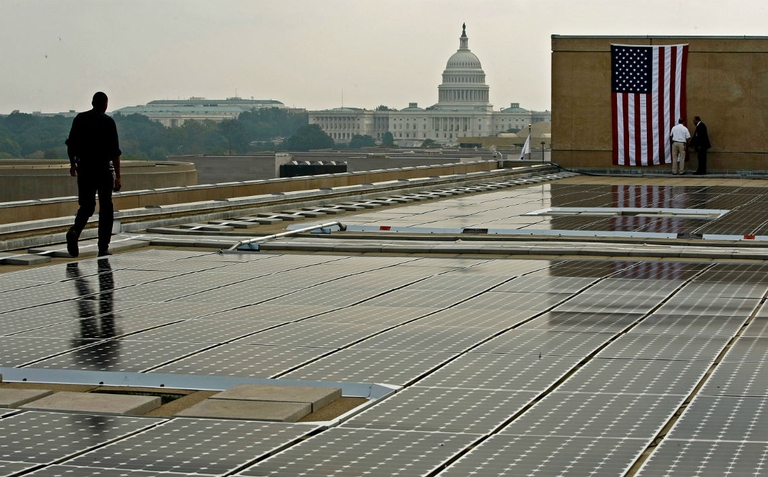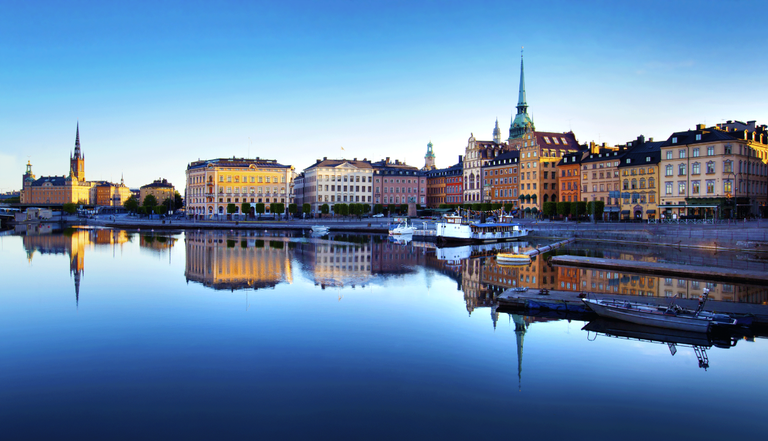
A group of experts in Tokyo suggested pouring radioactive water from Fukushima into the open sea. A marine biochemist explains the consequences of this absurd decision.
CDP report reveals the most virtuous cities in using renewable energies, whilst moving away from fossil fuels. Results are surprising.
The CDP (Carbon Disclosure Project) reveals the results of the Global Cities Report 2015, analysis carried out in collaboration with AECOM assessing how and how much cities are quitting fossil fuels, shifting to renewable energies.
The report involved 308 cities all over the world, 162 of which provided detailed data on how much energy from fossil fuels they used compared to clean energy, in order to differentiate it into coal, gas, oil, nuclear, biomass, geothermic, hydroelectric, solar, and wind power.
Results are pretty curious: Latin American cities use more clean energy (76%) compared to European cities (59%) and Asian cities (15%).
68 European cities took part to the project, and the most virtuous ones resulted to be Reykjavik, Padua, and Zurich, followed by Funchal, Oslo, Stockholm, and Paris.
Stockholm, together with Santa Monica and San Francisco, is one of the cities that set the goal of producing 100% renewable energy.
“I have set the ambitious goal for Stockholm to be not just climate neutral but fossil fuel free by 2040,” said Karin Wanngård, Mayor of Stockholm. “Stockholm is already an acknowledged global climate leader, where energy consumption decreases, as do emissions and waste. Measuring and reporting our progress are extremely important tools in helping us succeed and to ensure that the City of Stockholm continues to be a frontrunner when it comes to fighting climate change”.
Considering that power generation is responsible for 12.6GT of CO2 emissions (equal to the emissions produced by world’s cars over 2 years, source CDP), it is clear that every single city plays an important role in achieving the perfect energy mix, as clean as possible. “One of the biggest challenges for cities is often their lack of direct control over their electricity or energy generation,” said Conor Riffle, director of cities and data innovation at CDP. “Despite this, cities have been finding ways to shake up their energy mix and inspire a move away from fossil fuels”.
Moreover, the report reveals that “Canberra, Australia, has committed that by 2020, 90% of its electricity supply will be from large-scale renewables, delivering a 40% reduction in greenhouse gas emissions, whilst Austin has set a target of 55% by 2025. Hong Kong has decided to use subsidies to encourage energy companies to invest in renewables”.
“Through CDP we can see the bold action that cities are taking to become centers of clean, economical sources of energy and reduce pollution,” said Antha N. Williams, environment program lead at Bloomberg Philanthropies. The significant aggregate actions of global cities as demonstrated by CDP and the Compact of Mayors should inspire world leaders to take equally ambitious steps before the climate negotiations in Paris at the end of this year”.
Siamo anche su WhatsApp. Segui il canale ufficiale LifeGate per restare aggiornata, aggiornato sulle ultime notizie e sulle nostre attività.
![]()
Quest'opera è distribuita con Licenza Creative Commons Attribuzione - Non commerciale - Non opere derivate 4.0 Internazionale.
A group of experts in Tokyo suggested pouring radioactive water from Fukushima into the open sea. A marine biochemist explains the consequences of this absurd decision.
A federal court in Washington, D.C. has struck down the Dakota Access Pipeline, following years of campaigning by the Standing Rock Sioux tribe.
The Scottish island of Eigg is self-sufficient for its energy needs, relying almost entirely on renewable sources, especially thanks to a coordinated community effort.
President Magufuli in unmovable in going ahead with the Stiegler’s Gorge dam despite conservationists’ warnings of the damage it will cause the Selous Game Reserve’s ecosystem and wildlife.
A large dam along the Luangwa River in Zambia would have posed a serious risk to local people and wildlife, leading hundreds of thousands to oppose it. A call to which the government responded by halting plans to build it.
The first one megawatt solar power plant in the Chernobyl exclusion zone has become operational. This is the first step in a renewable energy development project promoted by the Ukrainian government in the area.
A tanker exploded at a gas and petrol station in Nigeria’s Nasarawa state on the 10th of September, killing 35 people and leaving some burned beyond recognition; 3 citizens had several spine and brain injuries, 2 of them are still on Intesive Care Units. Fela Habila , a local singer, is now stable and out of danger but
The largest tidal power plant in the world will be built in the Larantuka Straits. It will serve 100,000 people and help overcome some of the challenges of energy provision in Indonesia.
Robben Island’s solar energy micro-grid project will produce almost one million kilowatt hours of electricity annually, significantly reducing the cost and impact of buying diesel.









